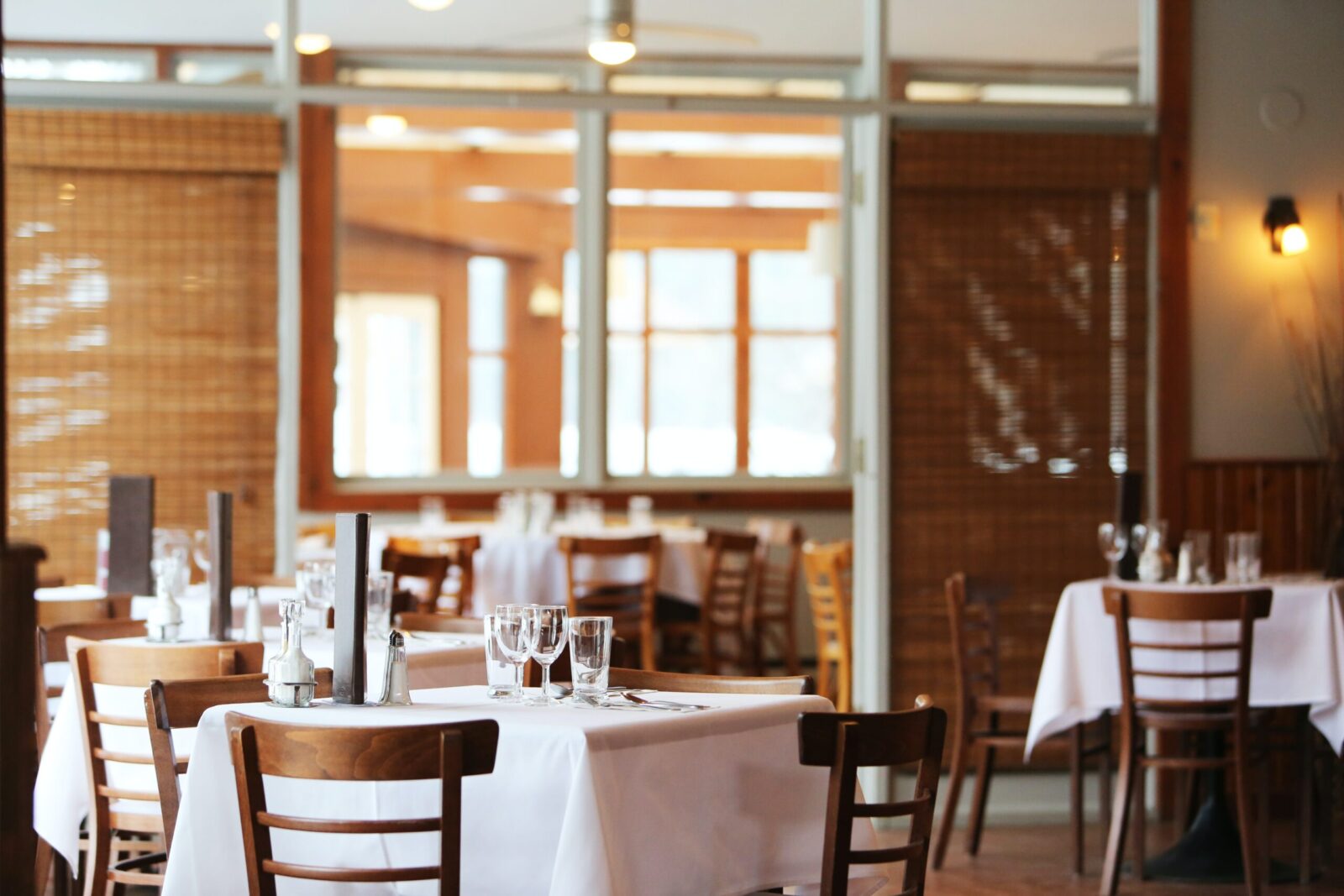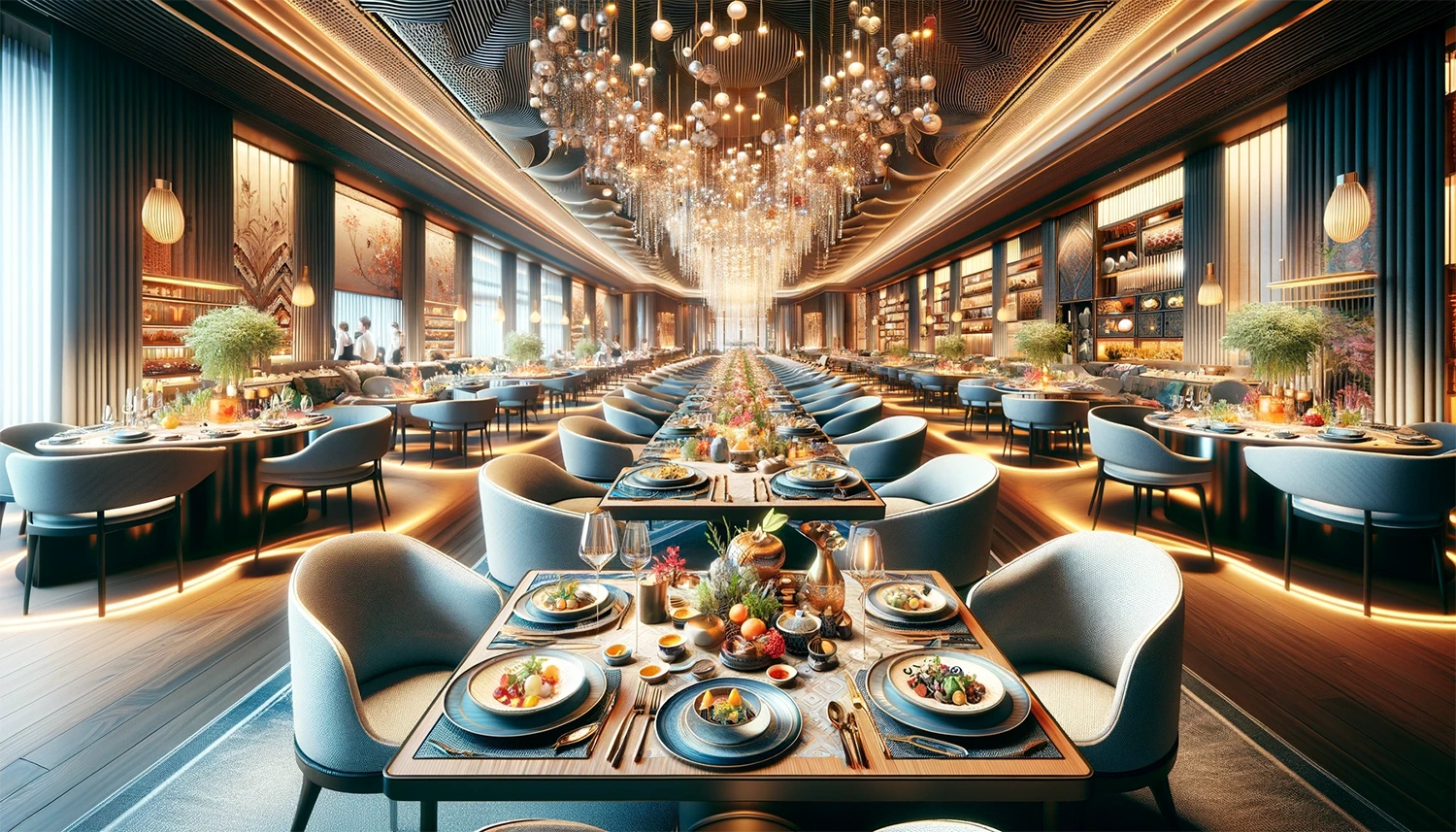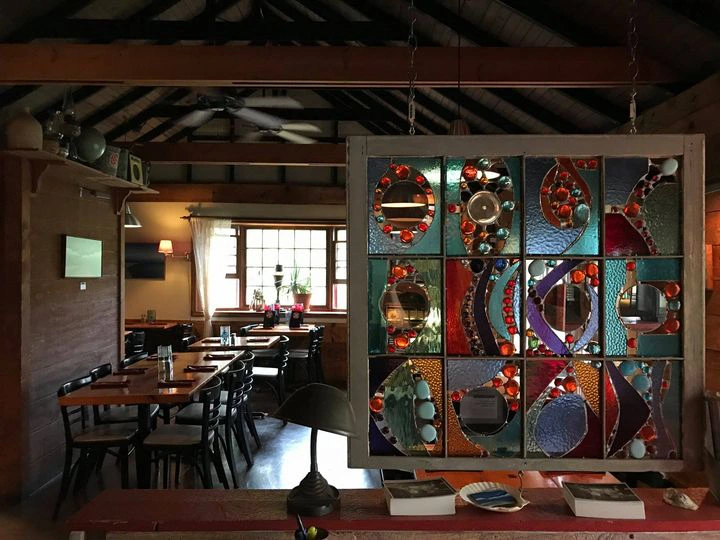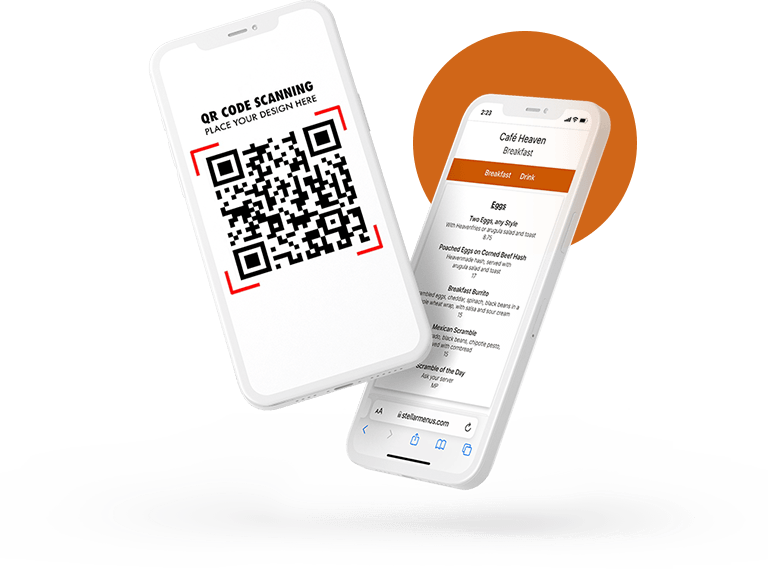Clearing up misstatements and untruths so you can make the right decisions about your restaurant’s menus
There are a lot of shifting notions about QR codes and whether restaurants should use them.
A vocal few have decried QR codes, peppering the web with emotive words and calling QR codes a handful of choice names:
- Disturbing
- Menace
- Satan’s grid
- Excrutiating
- The death of civilization
All that, for a measly QR code?
The fact is… many of the notions about QR codes are either mis-statements or completely untrue.
With this post, we’re setting the record straight. And if you’re a QR code hater, know up-front that we hope to change your mind.
#1 – Fact or Fiction? Customers hate QR code menus.
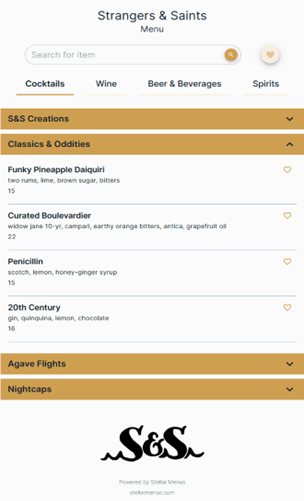
Fiction.
A quick Google search will turn up many stats that make it sound as if most restaurant customers despise using QR codes and want a return to paper menus.
But the truth is that customers don’t hate QR codes. They hate the PDF menus that QR codes deliver!
PDFs weren’t designed to be read on a phone.
Steven Nicks, owner of Strangers & Saints, a tavern in Provincetown, Massachusetts, says that if a QR code takes your custumers to a beautifully designed and branded, easy-to-use quick response menu, they’ll gladly browse.
“At least 85% of our customers use our quick response menus,” he says. “And even more, they tell us they like them.”
#2 – Fact or Fiction? Restaurants that use QR menus see their average check size go down.
Fiction.
Steven says that Strangers & Saints’ average check size has increased by 15% over the last two years—and they’ve gone all-in with quick response menus.
“We still do have paper menus available for customers who need them,” he says. “But most don’t ask for them. And the numbers show that since we deployed our QR menu, customers have been ordering more.”
Square, which sells POS systems to restaurants, says that its customers see a 35% increase in sales within the first 30 days of switching to self-service ordering with QR codes, not to mention 42% higher average ticket sizes.
Steve Katsurinis, owner of Mezzaterranean, has seen that as well.
“We’ve been using QR menus for the last two years, and have actually seen our check averages go up,” he says. “With our QR menus, we’re able to provide people with more information about our offerings and do a better job of highlighting our premium items.”
#3 – Fact or Fiction? The only customers who ask for paper menus are old people.
Fiction.
It’s not true that only older customers ask for paper menus.
Customers of any age can prefer different experiences. A 20-something couple on a romantic date night might prefer a paper menu and a traditional dining experience just as a couple in their 60s might prefer a mobile menu to avoid the possibility of germs.
In the same way, younger diners with accessibility concerns might need paper menus, whereas a globe-trotting single woman in her 50s might enjoy and prefer modern experiences.
Annette Gregoire, a 21-year-old university student, says she prefers paper menus to QR menus. “I don’t like the assumption that everyone has the technology to use QR codes,” she says. “Plus, QR menus aren’t really faster. And they don’t add to the experience because inevitably someone says, ‘My phone’s not scanning it; can I look at your phone?’”
Brandon Quesnell, owner of Yolqueria, agrees that age has nothing to do with it.
“It’s hard to predict who will want a paper menu,” he says. “The stereotype that young people like digital menus and old people don’t just doesn’t appear to be true. We see lots of older people who prefer QR menus because they can actually read the text.”
#4 – Fact or Fiction? QR menus make it hard to do promotions.
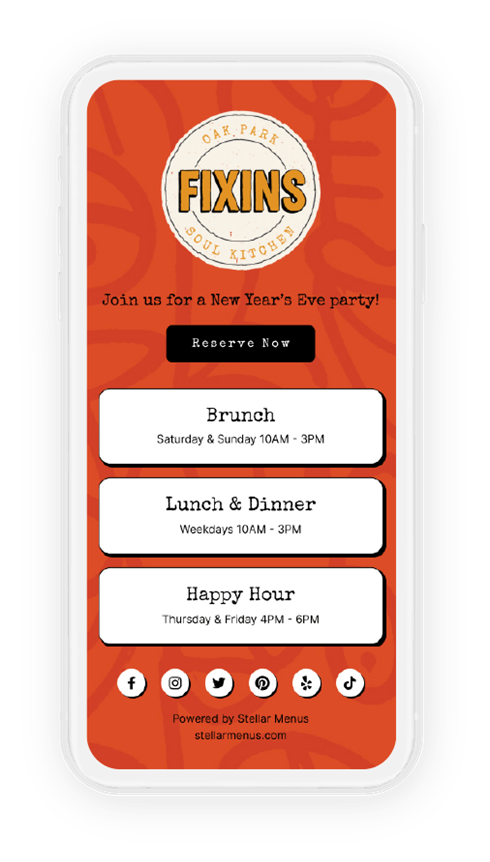
Fiction.
It’s actually harder to let customers know about special promotions with printed menus because you have to print separate pieces of paper for the promotions or, if your menus are laminated, print and add stickers to them.
But with the right QR menu system, you can add promotions, special messages, and calls-to-action directly to your mobile menus.
And you can change those messages and offers quickly, as often as you want.
Fixins Soul Kitchen in Oak Park, California frequently adds special offers and invitations to their QR menu’s home page.
For instance, guests dining as the winter holidays approached could learn about the restaurant’s New Year’s Eve party and reserve a table for it simply by clicking the call-to-action button right on the menu.
#5 – Fact or Fiction? QR menus are going away.
Fiction.
Restaurant operators, dealing with the one-two-three punch of sky-high food prices and ingredient and labor shortages, are looking for ways to do more with less and trim the fat.
Updating print menus is costly, leading some restaurant owners to whip out the whiteout and handwrite-in new prices.
Or, worse, to add warning stickers to the backs of their menus with a statement that says the prices are 20% higher than shown—and that if food prices don’t come down within the next several months, they’ll print new menus.
True story.
The truth is… paper menus are going away.
Paper is static, environmentally unfriendly, and expensive.
Mobile phones and mobile menus? They’re here to say.
#6 – Fact or Fiction? Phones on the table ruin the dining experience.
This notion contains some fact, some fiction.
The fact is, dining is a social activity. Maybe you’ve experienced sitting at a table, wine glass in hand, wanting to talk but feeling stifled because your tablemates are staring at their phones.
And phones on the table make things difficult for servers when orders start arriving.
“One of the bad things that happened when we first started using QR menus is that people left their phones on the table after they finished ordering,” says Steven, speaking of his experience at Strangers & Saints. “You put out the water glass and the beverage glass and the wine glass and the appetizer plate, and all of a sudden you’re wondering where you’ll put the food when it comes out,” he says.
However, he also found that it’s easy to teach staff to manage the issue. “At Strangers & Saints, we’ve trained our staff to address phones on the table when they bring the first dishes,” he says, “We have staff ask guests to put their phones away if they’re done looking at the menu so there’s room for all the food on the table.”
Do people comply?
“They do,” Steven says. “And no one even knows they’re being told to put their phones away.”

